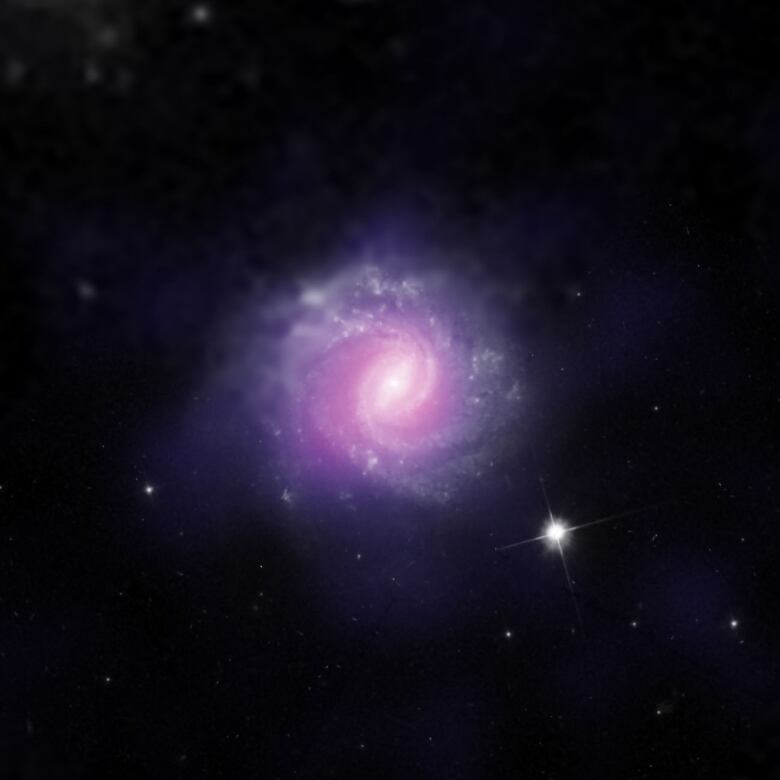Two supermassive black holes discovered in nearby galaxies
NASA telescope peers through dust to see centres of galaxies

Detecting black holes can be tricky: not only do theseguzzling kitchen sinksof the universe absorb everything they consume including light but they are often obscured by dust, making it difficult for astronomers to ascertain their size.Now, a NASA telescope has peered through the dust and found two supermassive black holes lurking nearby.
NASA's Nuclear Spectroscopic Telescope Array (NuSTAR) is a telescope that doesn't see in visible light. Instead, it sees in the high-energy X-ray region of the electromagnetic spectrum. This allows itto look through the dust.
While looking at galaxiesIC 3639 and NGC 1448,it spotted two extremely bright supermassiveblack holes black holes with a mass millions of times that of our sun at their hearts.

It's not that these black holes were unknown;it's just that astronomers couldn't fully gauge how large they were because of the gas that hid them from view. It would be like if we only saw the sun througha thin veil of clouds we'd never truly understand how bright it was.
AdyAnnuar, a graduate student at Durham University in the United Kingdom, who presented the results at the American Astronomical Society meeting in Grapevine, Texas, described them this way:"They're like monsters hiding under your bed."
These black holes belong to a classification that astronomers call "active galactic nuclei," which are extremely bright across the electromagnetic spectrum.
Aside from finally seeing the black holes, the researchers also found that NGC 1448 had a large population of young stars, suggesting that, as the black hole gobbles up stars and other nearby matter, the galaxy continues to create new stars.
IC 3639 lies about 170 million light-years away, while NGC 1448 is relatively close, in cosmic terms, at only 38 million light-years away. Neither poses a danger to us. And remember: our own galaxy has ablack hole at its heart.












_(720p).jpg)


 OFFICIAL HD MUSIC VIDEO.jpg)
.jpg)



























































































